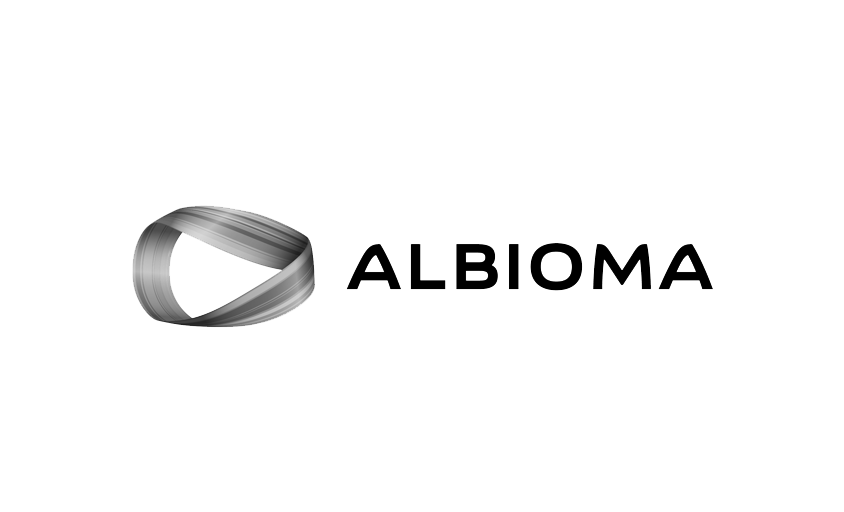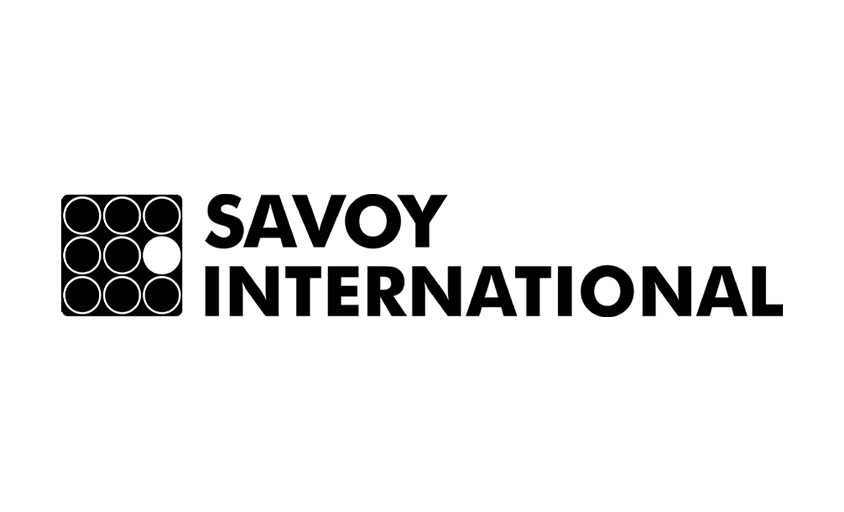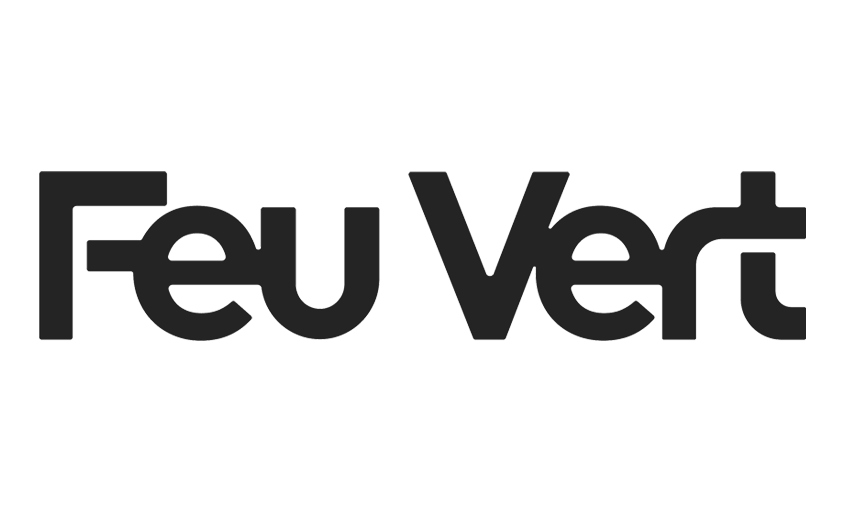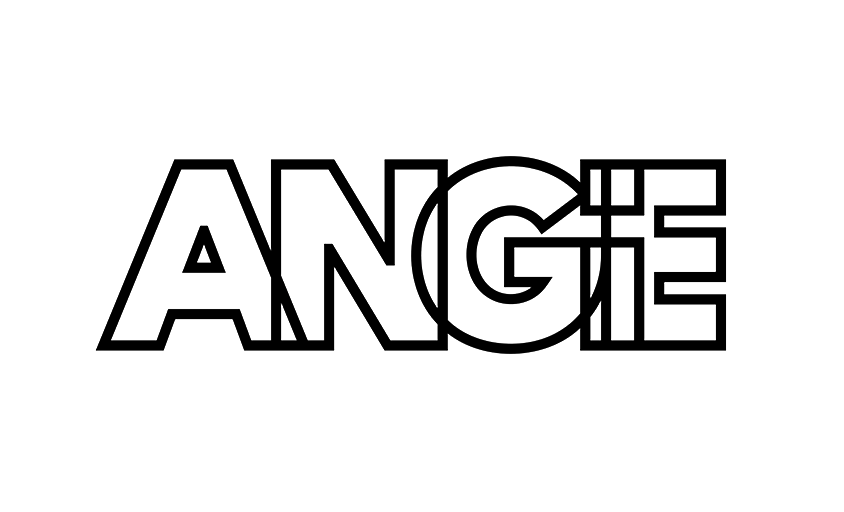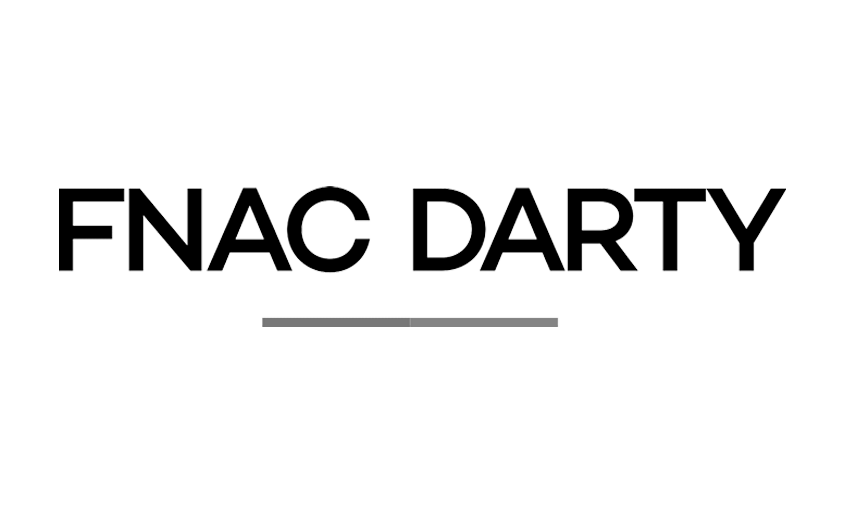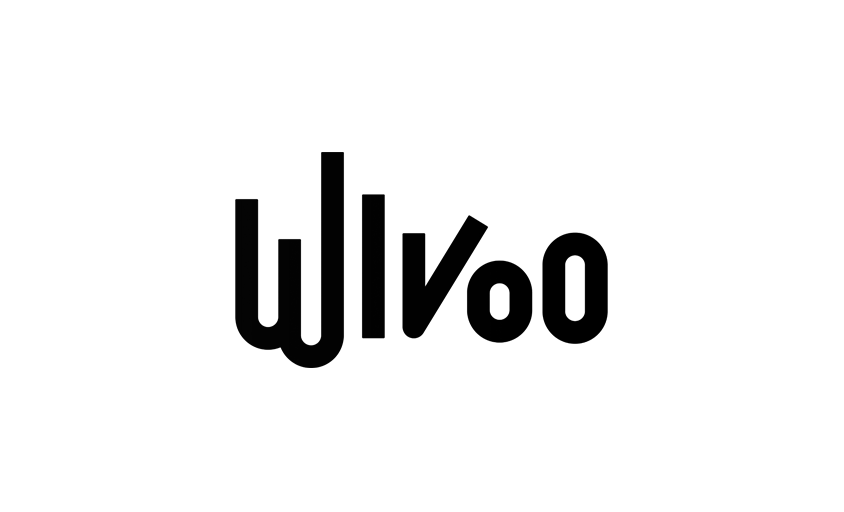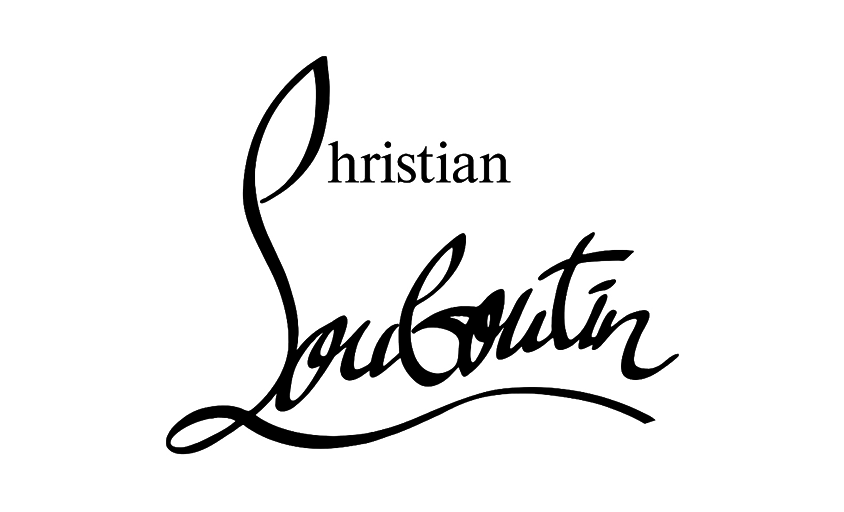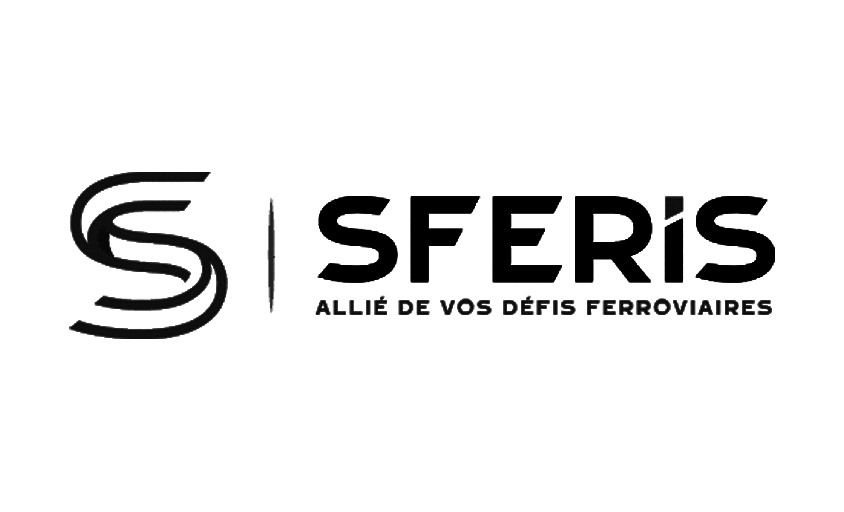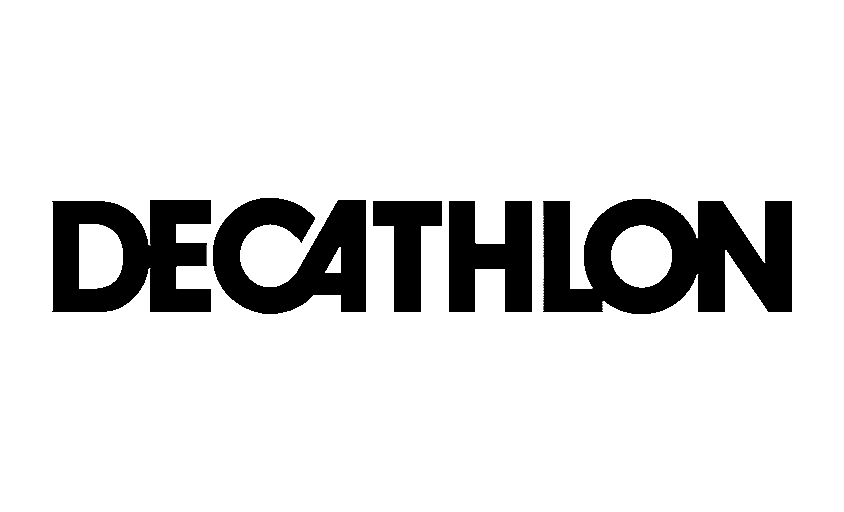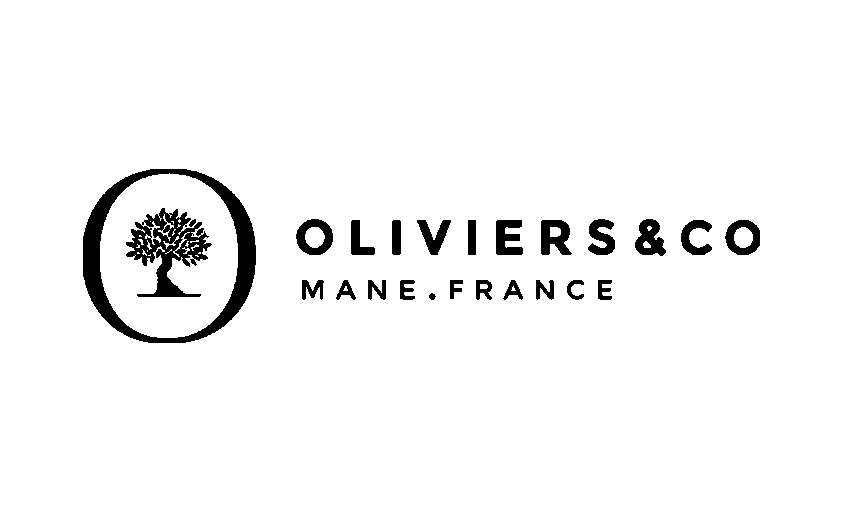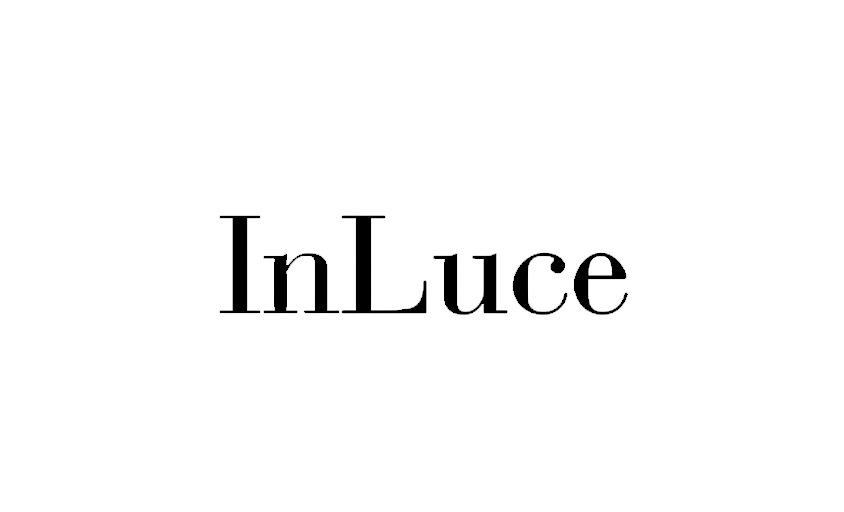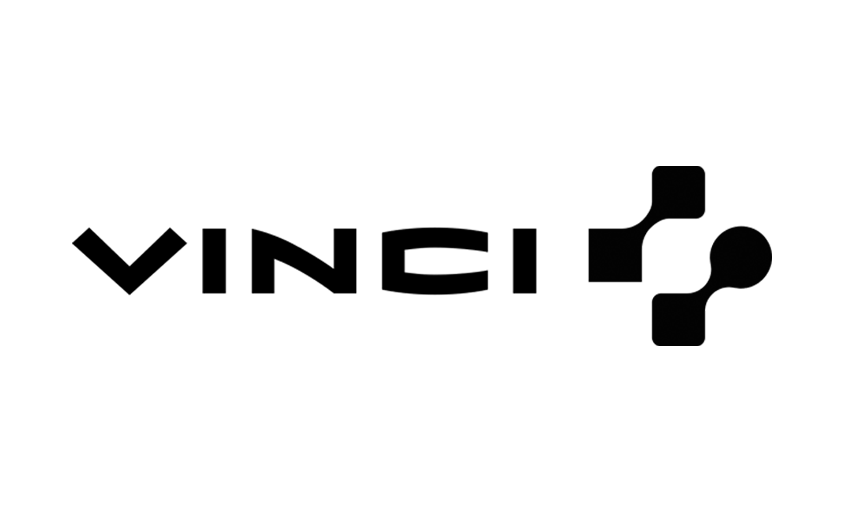Definition of Employer Branding
In this article :
In an ever-evolving job market, understanding the mechanisms and definition of employer branding has become essential for HR managers, communications directors, project managers, and business leaders.
From the very first words, we invite you to discover the “definition of employer brand” and explore the dimensions that bring it to life.

Simple Definition
To lay a solid foundation, let’s begin by clarifying what “employer brand” encompasses. It is a key concept in the professional world, symbolizing a company’s image, values, and reputation as an employer. This perception includes the experiences of employees, the values conveyed by the company, and its reputation in the job market. In other words, the employer brand is the sum of everything that characterizes a company in the eyes of its employees and potential candidates.

What Are the Components of the Employer Brand?
The components of an employer brand are the elements that help shape the image and perception of a company as an attractive and engaging employer. Here is a quick list of the main components of the employer brand, followed by brief definitions for each:
- Corporate Culture: The set of values, norms, attitudes, and behaviors that characterize the work environment within the company.
- Company Reputation: The way the company is perceived by current and potential employees, as well as the public in general.
- Employee Experience: The interactions, benefits, development opportunities, and working conditions offered by the company to its employees.
- Internal and External Communication: The way the company communicates with its employees (internal communication) and how it presents its culture and values to the outside world (external communication).
- Growth Opportunities: Professional advancement possibilities, continuous training, and personal development offered to employees.
- Work-Life Balance: Policies and measures in place to help employees maintain a healthy balance between their professional and personal lives.
- Leadership and Management: The quality of leadership within the company, how leaders interact with employees, and how they guide the company toward its goals.
- Physical Environment: The offices, facilities, and workspaces that contribute to employee comfort and well-being.
- Diversity and Inclusion: The company’s commitment to creating an inclusive environment that values the diversity of employees.
- Social Engagement and Responsibility: The company’s initiatives in social responsibility and involvement in the community, which can influence the perception of employees and candidates.
- Benefits and Rewards: The benefits, rewards, and programs offered to employees, such as insurance, social benefits, and recognition programs.
- Visual Communication: Visual elements such as graphic design, colors, and images that reflect the company’s visual identity and reinforce its brand image. Corporate photography and video are key tools in this area. See our article “Everything You Need to Know About Corporate Photography Here.“
In summary, the employer brand is a mosaic of elements that combine to create an overall image of the company as an employer. Each of these components plays a crucial role in attracting, engaging, and retaining talent within the company.
It is important to develop an employer brand strategy, and photography is a powerful tool to leverage your efforts.

History of the Concept
The history of the employer brand dates back several decades, but its significance has grown with the evolving expectations of workers and the rise of digital platforms. In the past, companies primarily focused on their commercial brand.
However, as employees began seeking more of a sense of belonging and fulfillment at work, the concept of the employer brand emerged.
Today, with increased competition to attract the best talent, a strong employer brand has become a major asset, helping companies stand out in an ever-changing market.
Conclusion
In conclusion, the employer brand proves to be much more than just a term. It embodies the soul and personality of your company in the eyes of the professional world.
Whether you want to attract new talent, strengthen your corporate culture, or improve your reputation, managing your employer brand is a valuable investment. And to enhance it, corporate photography is the best tool at your disposal.
Jérémy Carlo is the editorial director at Rétines, where he ensures the consistency and clarity of all content produced by the studio. His role goes beyond writing—he shapes the tone, structures the messages, and upholds a precise, demanding editorial line that stays true to the identity of Rétines. With a background in visual communication and solid experience in content strategy, he bridges the technical world of photography with clear, no-frills writing.
Jérémy works closely with photographers, art directors, and the commercial team to make sure every word published serves the image, the message, and the brand. From blog articles and client presentations to social media posts and internal documents—everything is filtered through his attentive eye. His strength lies in making complex ideas accessible without oversimplifying, and in highlighting the studio’s work without relying on unnecessary superlatives.
Through his writing, Jérémy helps Rétines exist beyond the image—by giving context to projects, emphasizing the thinking behind each shoot, and bringing to light the technical and aesthetic choices that drive each photograph.
Our Clients
Let’s discuss
What we do for you at Rétines
Meticulous work, an organised project and fast delivery. And to achieve this, we mobilise the right resources in our teams at the right time.
01
Pre-production
Artistic and technical direction tailored to the project.
Relevant recommendations on content, form and resources.
02
Photo Shooting
Photos taken by our experienced photographers.
Production that’s controlled, efficient and tailored to the needs of the project, with nothing superfluous.
03
Retouching
Technique
Photographs magnified by our retouching team.
Post-production to meet the commercial challenges of the brief.

